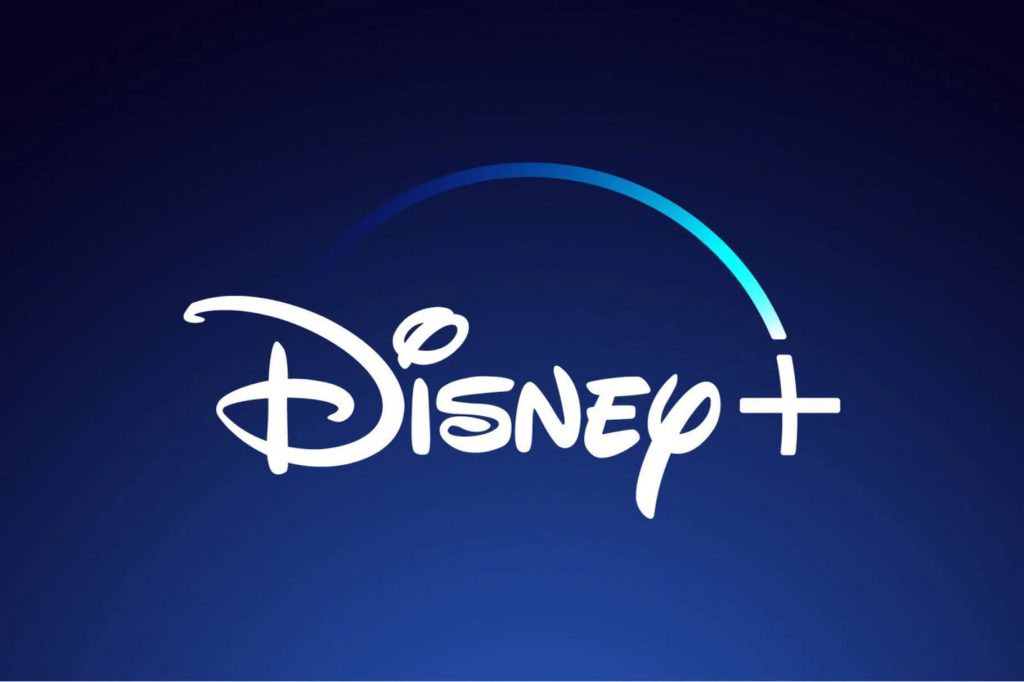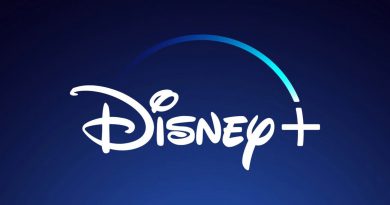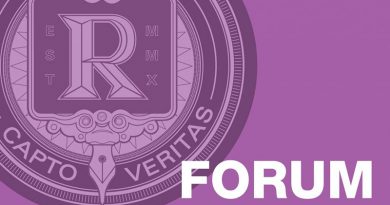Disney’s Mouse Still Packs A Punch In The Entertainment Industry
Who would’ve thought that, no matter what city, state or country we lived in, we’d be haunted by a mouse.
Not a literal one, of course. Instead, one with red shorts, yellow shoes and white gloves on all aspects of entertainment.
With Disney’s recent introduction of Disney+, their first major incorporation of properties gained in their acquisition of 20th Century Fox, the company has dug itself in as the ultimate media conglomerate. However, with all its movies and channels and theme parks and characters and such, does that prove itself viable for the future of media?
As a company, Disney stands on a league of its own. In 2019 alone, the company has spawned five films that have grossed $1 billion at the global box office (Captain Marvel. Avengers: Endgame, Aladdin, Toy Story 4, The Lion King), co-produced another (Spider-Man: Far From Home) and had one (Endgame) besting Avatar to become the highest-grossing film of all time.
It’s also made a point to expand. Disney+, once it launches in November, will house the entirety of Disney’s catalog, ranging from all the Star Wars films to its entire animated library (both in-house and Pixar). It also announced plans for Marvel to produce shows that tie into the Marvel Cinematic Universe, featuring characters like Hawkeye (Jermey Renner), Scarlet Witch (Elizabeth Olsen) and Loki (Tom Hiddleston)—besides material from National Geographic and FX and the like.
While these are seemingly great for the consumer, one has to look at how the rest of the industry can handle such overload—or whether it can sustain.
On the box office side, the closest domestic release that even approaches Disney’s throne is Universal’s Fast & Furious spinoff Hobbs & Shaw, with that only approaching $600 million internationally in its third week of release at the time of this writing. The studio is the only one that comes close to Disney’s record, but even its upcoming release of CATS is unlikely to hold a candle to the sci-fi finale in Star Wars: The Rise of Skywalker.
The Mouse’s one lack of dominance comes through television, where ABC consistently ranks fourth among total viewership for broadcast networks. That’s led the company to try and subvert expectations to gain some ground, such as revamping the talent roster on its flagship Dancing With The Stars (featuring the ever-controversial Sean Spicer) and playing into its leading talent (including Jimmy Kimmel and Ellen Pompeo).
However, when viewing Disney’s dominance, one wonders how viable the industry ends up becoming. Some studios have begun drawing on older material to keep up (such as Lionsgate immediately picking up film rights to Suzanne Collins’ Hunger Games prequel) and, with the threat of Disney+ approaching, gaining some ground on prestige T.V. (ala Amazon and its adaptation of the Lord of the Rings).
It even has the potential of hitting Disney where it hurts—its coffers. Recently, after a breakdown of talks over financing, Sony and Disney publicly ended their co-producing deal over Spider-Man, with the former refusing to lose profits on a character that generates so much money. That became the most recent public outbreak over the Mouse’s control, one that’s an indication that the company may prove to large to handle.
It remains to be seen how the industry reacts to Disney’s forthcoming moves, as it’s hard to measure the success of films and streaming services before they’re introduced. However, even when other flop at the box office, one fact remains: the Mouse stands strong.




